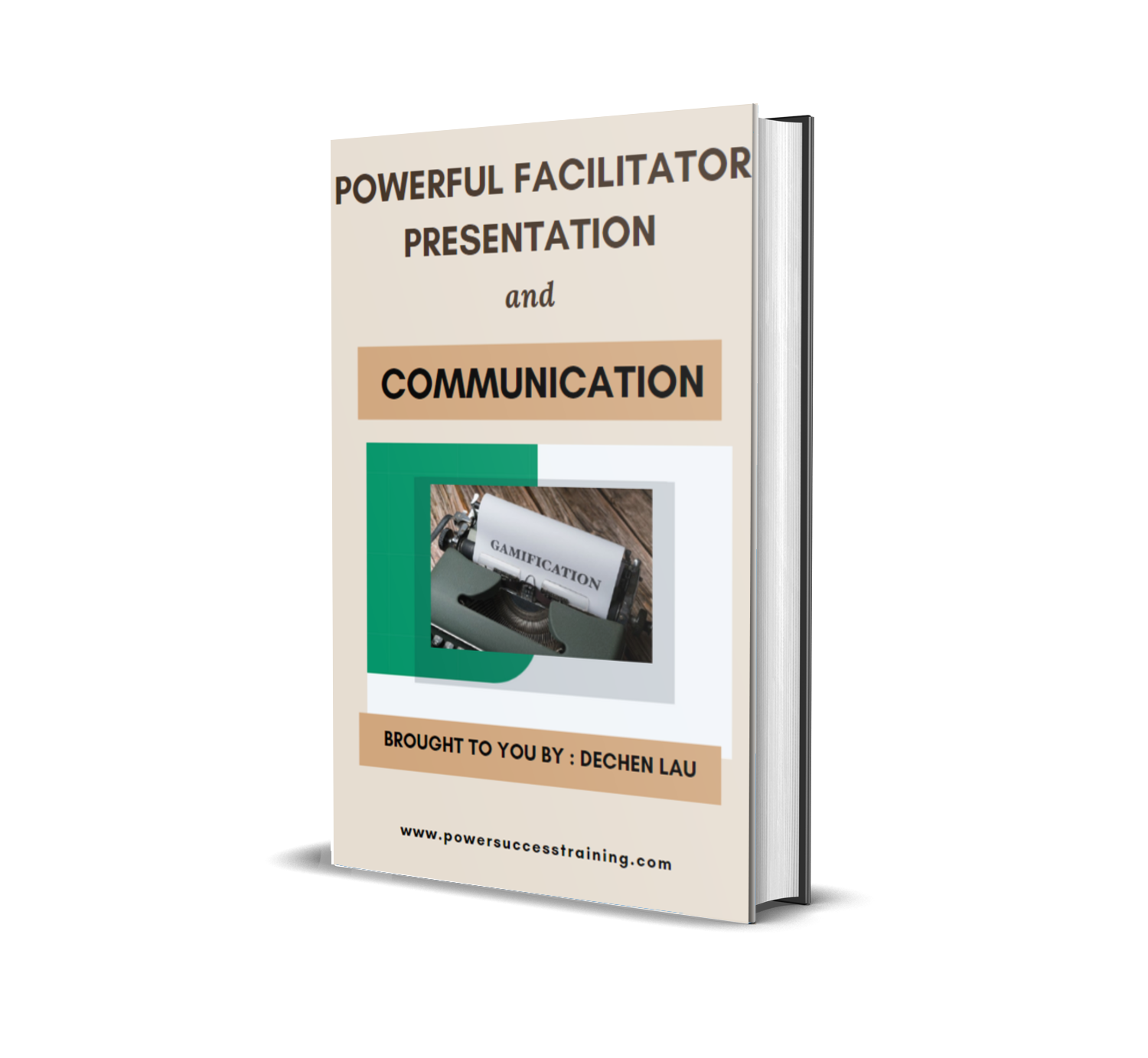The Complete Guide to Writing an Ebook Ebooks have completely changed how we read and learn by providing a digital substitute for print books. PDF, MOBI, and EPUB are the most widely used e-book formats. EpUB is well known for its reflowable content, which makes it perfect for reading on a variety of devices by allowing text to adjust to different screen sizes. MOBI, which is mainly connected to Amazon’s Kindle platform, improves the reading experience by supporting functions like annotations and bookmarks.
Key Takeaways
- Understanding the Ebook Format:
- Ebooks are digital books that can be read on electronic devices such as e-readers, tablets, and smartphones.
- Ebooks can be formatted in various file types such as PDF, EPUB, and MOBI, each with its own advantages and limitations.
- Choosing a Topic and Audience:
- Select a topic that you are knowledgeable and passionate about, and that will resonate with your target audience.
- Research your target audience’s preferences and needs to ensure your ebook will be valuable and relevant to them.
- Planning and Outlining Your Ebook:
- Create a detailed outline to organize your ideas and ensure a logical flow of content in your ebook.
- Consider including visual elements such as images, infographics, and charts to enhance the readability and engagement of your ebook.
- Writing and Editing Your Content:
- Write in a clear, concise, and engaging manner to keep your readers interested and informed.
- Edit and proofread your content thoroughly to ensure it is error-free and polished before publishing.
- Designing Your Ebook Cover and Layout:
- Invest in a professional and eye-catching ebook cover design to attract potential readers and make a strong first impression.
- Pay attention to the layout and formatting of your ebook to ensure a visually appealing and user-friendly reading experience.
- Formatting and Publishing Your Ebook:
- Choose the appropriate file format for your ebook and ensure it is compatible with the platforms and devices you intend to publish on.
- Consider self-publishing on platforms such as Amazon Kindle Direct Publishing or Apple Books for greater control and potential profitability.
- Marketing and Promoting Your Ebook:
- Develop a marketing plan to reach your target audience through channels such as social media, email marketing, and online advertising.
- Leverage the power of book reviews, author interviews, and guest blogging to increase visibility and credibility for your ebook.
- Tracking and Analyzing Your Ebook’s Performance:
- Use analytics tools to track and analyze key performance metrics such as sales, downloads, and reader engagement.
- Gather feedback from readers and use it to improve future ebooks and marketing strategies.
Because it preserves the original layout and design of documents, PDF is preferred for technical manuals and illustrated works even though it is less flexible in terms of reflowability. Both publishers and authors must comprehend these formats. Every format has a unique set of benefits and drawbacks that can greatly affect the reading experience. In contrast to PDF files, EPUB files may not support some multimedia elements as well, even though they can be read on a range of devices. On the other hand, because of their fixed layout, PDFs can be difficult to use on smaller screens.
Therefore, it is crucial to take into account the type of content being presented as well as the preferred reading devices of the target audience when creating an ebook. One crucial step that can affect the success of your ebook is choosing the appropriate subject. A well-chosen topic speaks to your target audience’s needs and interests in addition to your area of expertise. Finding popular topics in your niche can be facilitated by carrying out in-depth market research. Social media sites & tools like Google Trends can reveal what prospective readers are currently interested in.
If you are an expert in personal finance, for instance, you might draw a sizable readership by delving into subjects like investing advice or budgeting techniques. Establishing your audience is equally crucial. Your writing style, tone, and content depth will all be influenced by your readers. What age range are you targeting?
Are you aiming for novices or seasoned pros? You can customize your ebook to your ideal audience’s needs by developing reader personas, which are comprehensive profiles that capture their demographics, hobbies, & problems. For example, using relatable stories and useful advice will increase engagement and relevance if your audience is made up of young adults looking for career guidance. Planning and outlining your ebook is the next step after deciding on a subject and determining your target audience. Your writing process will be guided by a well-structured outline, which makes sure you address all the important topics in a sensible sequence. To begin, divide your primary subject into chapters or subtopics.
To enable a thorough examination of the topic, each chapter should concentrate on a distinct facet of the overarching theme. Consider including different components in each chapter, such as case studies, professional quotations, or practical advice, in addition to thematically organizing the content. By offering a variety of viewpoints and useful applications, this not only enhances the content but also maintains readers’ attention. For instance, if your e-book is about digital marketing tactics, you may introduce a section on social media marketing with actual case studies of effective campaigns. This method gives readers concrete insights they can use in their own endeavors in addition to adding credibility. Once you have a strong outline, you can start writing.
Throughout your ebook, you must keep a voice that is consistent with your brand and appeals to your readership. Your target readers’ preferences will determine whether you go for a more formal or conversational tone. For instance, a more informal tone might be more suitable for lifestyle topics, but a more formal tone might be appropriate if you are writing for a professional audience in the tech sector.
Another crucial stage in the production of ebooks is editing. After finishing your first draft, take a break before looking over your work again. You can spot areas that might require clarification or improvement thanks to this distance.
Think about hiring beta readers who can offer helpful criticism or hiring a professional editing service. Readability and professionalism are greatly impacted by proper grammar, punctuation, and overall flow. To build credibility in your industry, make sure your content is factually correct and thoroughly researched. When it comes to drawing in new readers, your ebook’s cover design is vital. In addition to drawing attention, a visually appealing cover quickly communicates the main idea of your content. Think about using color schemes, typefaces, and images that complement your subject and target audience when creating your cover.
A tech-focused ebook might use bold colors and contemporary fonts, whereas a wellness ebook might have peaceful imagery & calming colors. Another crucial element that influences how readers engage with your material is layout. Reader engagement is increased and readability is improved by a neat and orderly layout. To make it simpler for readers to navigate through the content, divide the text into manageable chunks using headings and subheadings.
Adding visual aids like graphs, charts, or pictures can also improve knowledge and memory. Canva and Adobe InDesign are two examples of tools that can help you create layouts that look professional & improve the way your ebook is presented overall. Formatting your ebook for publication is the next step after writing and designing your content.
To guarantee device compatibility, certain formatting specifications for each platform must be followed. For example, you must convert your document into MOBI format while adhering to Amazon’s rules regarding font size, margins, and image resolution if you intend to publish on Amazon Kindle Direct Publishing (KDP). To reach a wider audience, think about producing multiple versions of your ebook in addition to formatting it for particular platforms. To accommodate diverse reader preferences, it can be made available in multiple formats, such as PDF for direct downloads or EPUB for Apple Books.
Choose a publishing platform that supports your objectives after it has been properly formatted, whether that means self-publishing through Amazon KDP or distributing through other channels like Smashwords or Draft2Digital. For your ebook to increase sales and visibility, effective marketing is necessary. Begin by creating a marketing plan that details your objectives, target market, and advertising techniques. Social media platforms are excellent resources for connecting with potential customers; think about setting up specific pages or groups where you can interact with followers and provide updates on the status of your ebook.
An additional powerful tactic for promoting your ebook is email marketing. By creating an email list, you can get in touch with interested readers directly and give them early access to your ebook or exclusive content. Consider working with bloggers or influencers in your niche as well, as they may be able to help promote your work by writing guest posts or reviews. Organizing online workshops or webinars on the subject of your ebook can also spark interest & position you as an authority.
It’s critical to monitor your ebook’s performance after launch in order to determine how well readers respond to it. Track sales figures, download counts, and reader engagement metrics by using the analytics tools that publishing platforms offer. This data can offer insightful information about which marketing tactics are successful & which might require development. Responding to reader comments is equally crucial during this stage.
Promote reviews on sites like Goodreads and Amazon; while constructive criticism can direct future changes or projects, positive reviews can have a big impact on the decisions of prospective customers. You may improve future ebook projects & improve your marketing tactics by examining reader feedback and performance data to see what appeals to your audience the most. Creating an ebook entails a number of crucial steps, from selecting topics and comprehending formats to producing content & successfully promoting it. For the finished product to not only satisfy readers’ needs but also stand out in a crowded digital market, each stage needs to be carefully thought out and strategically planned.
If you are interested in learning more about the convenience of ebook membership subscriptions, you should check out this article. It provides valuable insights into the benefits of joining an ebook membership program and how it can enhance your reading experience. Additionally, if you are considering creating an ebook for beginners, you may find this related article helpful in guiding you through the process. Paid membership options are also discussed in another article, which can help you understand the different ways you can monetize your ebook creation.


